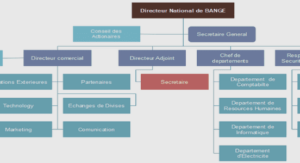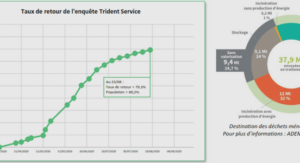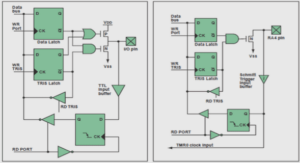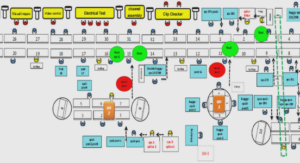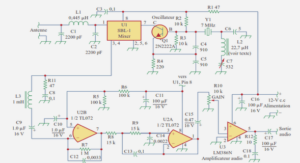Synthesis of Hydrogenated Fluorinated Interpenetrating Polymer Networks
To improve the physicochemical characteristics (mainly selectivity and chemical resistance) of the PECH based interpenetrating polymer networks (IPNs), leading to the increase of the stability in discharge of the IPN-modified air electrode, the association of a polyelectrolyte network with a neutral fluorinated one appears as an interesting strategy.
Indeed, it is well known that fluorinated compounds exhibit exceptionally high chemical and thermal stabilities imparted by the strong C-F bond (≈513 kJ/mol vs. 347-356 kJ/mol for C-H bond),1,2 and the shielding of the polymer backbone by the nonbonding electrons from the fluorine atoms.3 Furthermore, as we have shown in previous chapters, it was preferable to limit the swelling of the protective membrane in order to have better stability and better chemical resistance of the latter.
Fluorinated compounds swell less in aqueous solutions than their hydrocarbon counterparts, so they appear as ideal candidates. However, as detailed in Chapter I, a large part of the current research on new polyelectrolyte materials focuses on hydrogenated linear or crosslinked polymers. No hydroxide conductive hydrogenated/fluorinated IPN or semi-IPN have, to our best knowledge, been reported in the literature for anion exchange membrane application.
This could be due to the lack of commercial available monomers and to the difficulty in the synthesis of cross-linkable fluorinated precursors. Furthermore, to associate a fluorinated compound with a polyelectrolyte, while retaining the conductivity of the latter on the whole material is a real challenge.
Our laboratory has developed an expertise in the synthesis of proton-conducting based IPNs with fluoropolymer-based networks for fuel cell membranes application.4,5,6 These original fuel cell membranes show performances comparable to those of commercially available membranes. In this work, we propose the innovative use of a perfluoropolyether (PFPE) as partner network for the PECH.
Solvay Specialty Polymers develops a PFPE product line specifically for use as reactive monomers for polymer modification, Fluorolink® in which Fluorolink® MD700 is a bifunctional urethane methacrylate Fluorolink (Mn = 1800 g/mol) was chosen due to its miscibility with organic solvents such as ethyl acetate and butyl acetate (at 5 – 10 wt.%), and its miscibility with conventional acrylic 145 monomers.
It is also miscible with DMF, the PECH solvent, which was required for the synthesis of the IPN by the one-pot method. The use of Fluorolink® MD700 has been reported in the literature to produce nanostructured imprints by means of UV-based nanoimprint lithography,7 as elastomeric molds for the fabrication of ordered bulk heterojunction photovoltaic cells,8 and for marine antifouling and fouling-release coating.
9,10 Amphiphilic networks of Fluorolink and poly(ethylene oxide) (PEO) have also been prepared.10,11 These networks show bulk morphologies with separate phases from the nanoscopic to microscopic scales. Two glass transition temperatures were detected: the first, at high temperature (30-50 °C) was assigned to the hydrogenated domains, and the second at lower temperature (-115 °C) was assigned to the fluorinated domains.
The size of the different domains was between 1 nm and 60 µm, depending on the Fluorolink molar weight and the Fluorolink/PEO proportion. Compared with that of PEO network, the water uptake was reduced from 50 wt.% for the PEO network (750 g/mol between crosslinks) to 3 wt.% for the network containing 70 wt.% Fluorolink.
The Young’s modulus was simultaneously increased from 40 to 76 MPa. However, to our knowledge, Fluorolink has never been introduced in an IPN architecture. In this chapter, we will first describe the syntheses of the Fluorolink single network and the PECH15/Fluorolink IPNs. Second, the physicochemical characterizations of these IPNs and the electrochemical characterizations of the IPNs membrane / electrode assemblies (MEA) will be then carried out.

